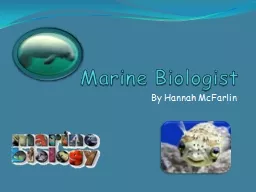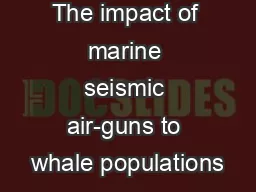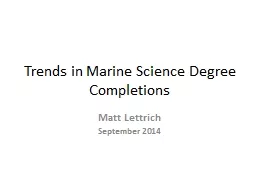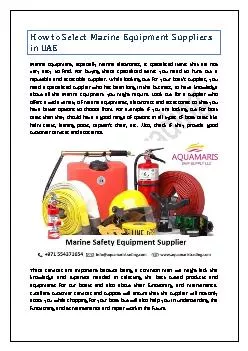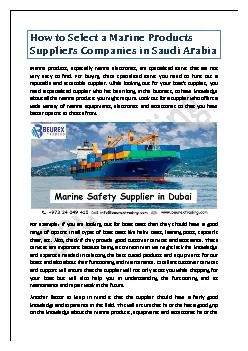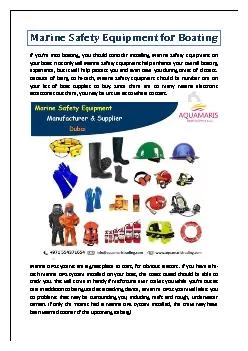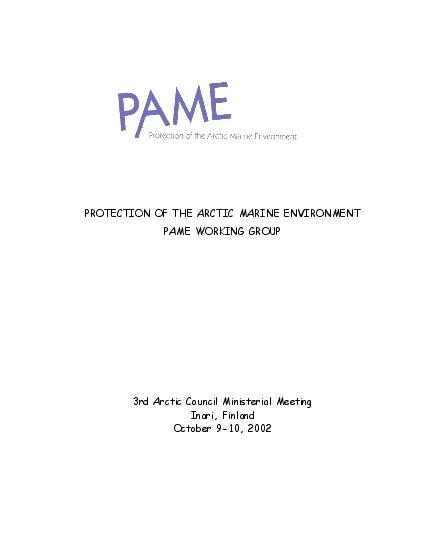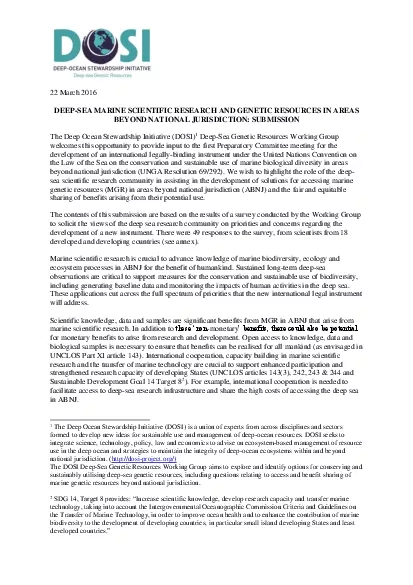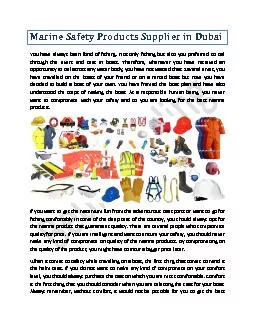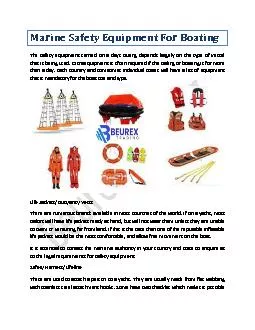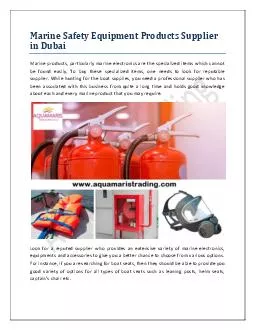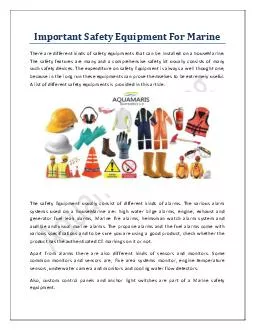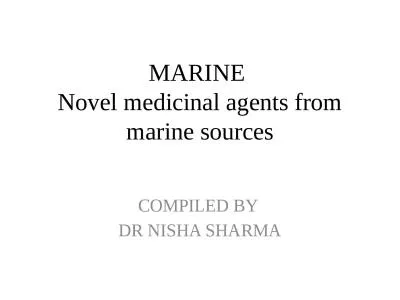PPT-INTERNATIONAL MARINE
Author : celsa-spraggs | Published Date : 2017-12-11
CLAIMS CONFERENCE 2015 DAMAGES DUE TO CAT FINES Mark McGurran Manager Marine Engineering Services Regional Manager Hull amp Machinery What are Cat Fines Not a cat
Presentation Embed Code
Download Presentation
Download Presentation The PPT/PDF document "INTERNATIONAL MARINE" is the property of its rightful owner. Permission is granted to download and print the materials on this website for personal, non-commercial use only, and to display it on your personal computer provided you do not modify the materials and that you retain all copyright notices contained in the materials. By downloading content from our website, you accept the terms of this agreement.
INTERNATIONAL MARINE: Transcript
Download Rules Of Document
"INTERNATIONAL MARINE"The content belongs to its owner. You may download and print it for personal use, without modification, and keep all copyright notices. By downloading, you agree to these terms.
Related Documents


